Photo Gallery for Saucrobotys futilalis - Dogbane Saucrobotys Moth | Photos: 28 |
 | Recorded by: David George on 2023-09-03
Durham Co.
Comment: | 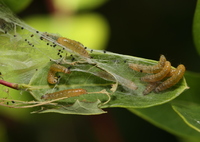 | Recorded by: David George on 2023-08-29
Chatham Co.
Comment: |
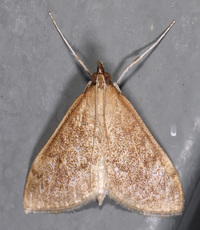 | Recorded by: John Petranka on 2023-07-10
Person Co.
Comment: | 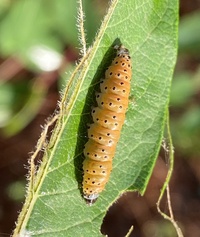 | Recorded by: David George on 2023-06-22
Durham Co.
Comment: |
 | Recorded by: Stephen Dunn on 2023-06-05
Orange Co.
Comment: |  | Recorded by: Stephen Dunn on 2023-06-05
Orange Co.
Comment: |
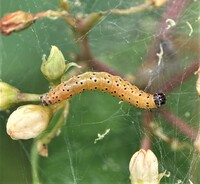 | Recorded by: Dean Furbish on 2023-05-18
Wake Co.
Comment: | 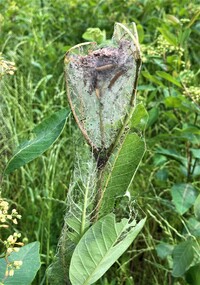 | Recorded by: Dean Furbish on 2023-05-18
Wake Co.
Comment: |
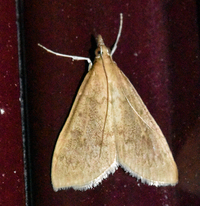 | Recorded by: Emily L Stanley on 2023-05-12
Yancey Co.
Comment: | 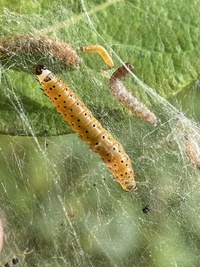 | Recorded by: David George on 2022-08-29
Durham Co.
Comment: |
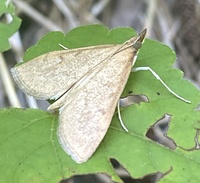 | Recorded by: David George on 2022-07-29
Durham Co.
Comment: | 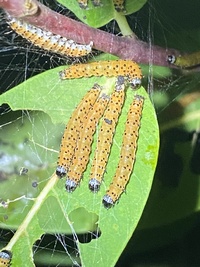 | Recorded by: David George, L. M. Carlson on 2022-07-14
Orange Co.
Comment: |
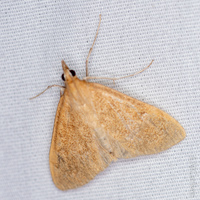 | Recorded by: David George, L. M. Carlson on 2022-07-03
Orange Co.
Comment: | 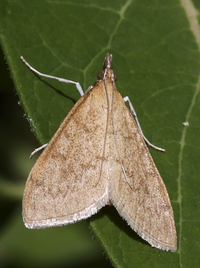 | Recorded by: John Petranka on 2022-06-28
Durham Co.
Comment: |
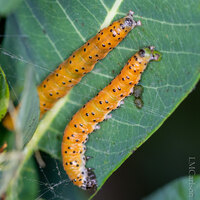 | Recorded by: David George, L. M. Carlson on 2022-06-12
Orange Co.
Comment: |  | Recorded by: David George on 2022-06-04
Orange Co.
Comment: |
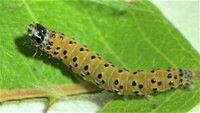 | Recorded by: Dean Furbish on 2022-05-22
Wake Co.
Comment: | 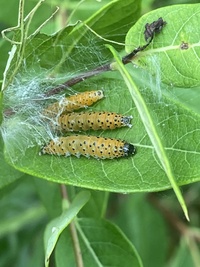 | Recorded by: David George on 2021-09-01
Durham Co.
Comment: |
 | Recorded by: Dean Furbish on 2021-08-19
Wake Co.
Comment: Several communal woven-leaf nests found on Dogbane plants, each nest containing several larvae. | 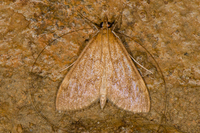 | Recorded by: David L. Heavner on 2021-08-16
Chatham Co.
Comment: |
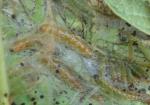 | Recorded by: F. Williams, S. Williams on 2019-08-04
Bertie Co.
Comment: |  | Recorded by: Owen McConnell on 2018-06-06
Orange Co.
Comment: Folded in a Dogbane (Apocynum cannabinum) leaf |
 | Recorded by: j.wyche on 2016-07-25
Gates Co.
Comment: |  | Recorded by: j.wyche on 2016-07-25
Gates Co.
Comment: |
 | Recorded by: F. Williams, S. Williams on 2015-08-30
Gates Co.
Comment: | 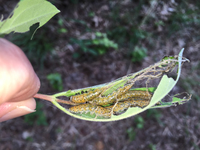 | Recorded by: Lenny Lampel on 2015-06-02
Mecklenburg Co.
Comment: |
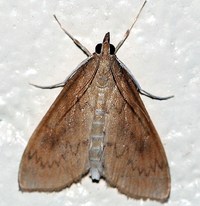 | Recorded by: Paul Scharf on 2011-04-21
Warren Co.
Comment: | 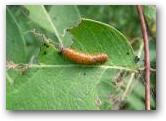 | Recorded by: FKW on 2007-08-08
Gates Co.
Comment: |
|